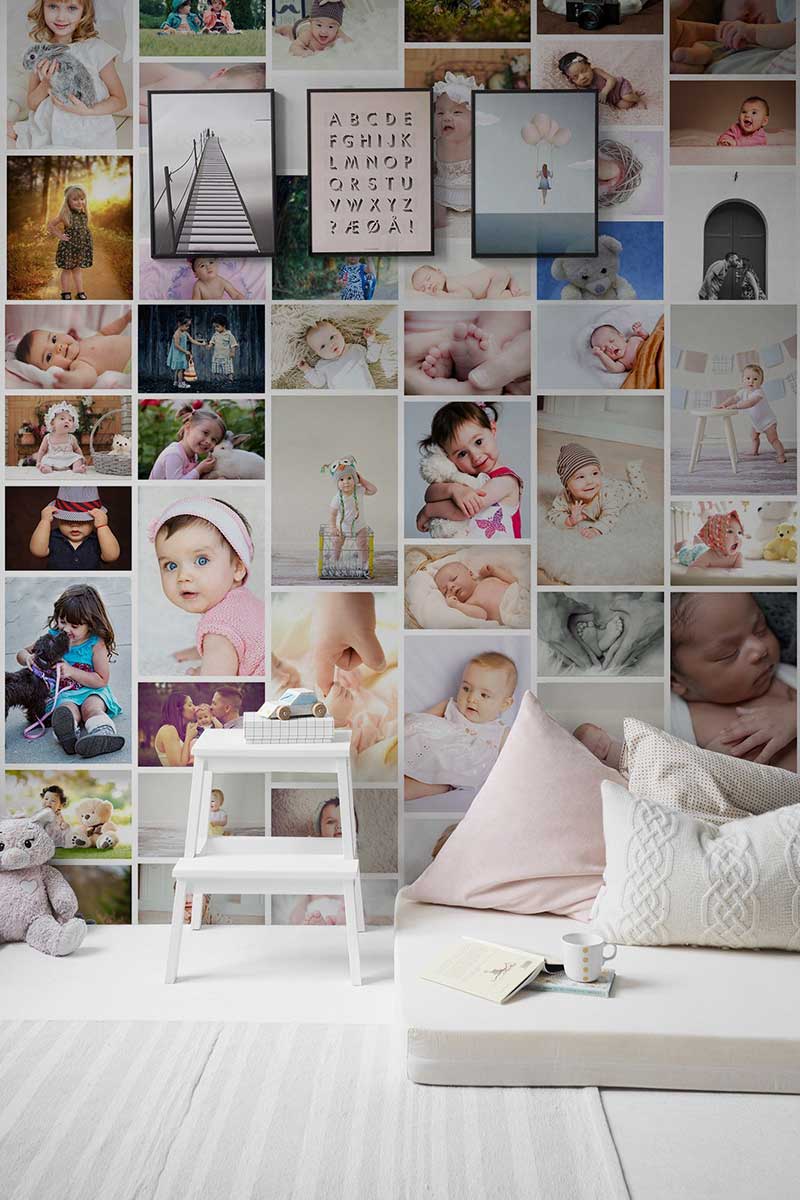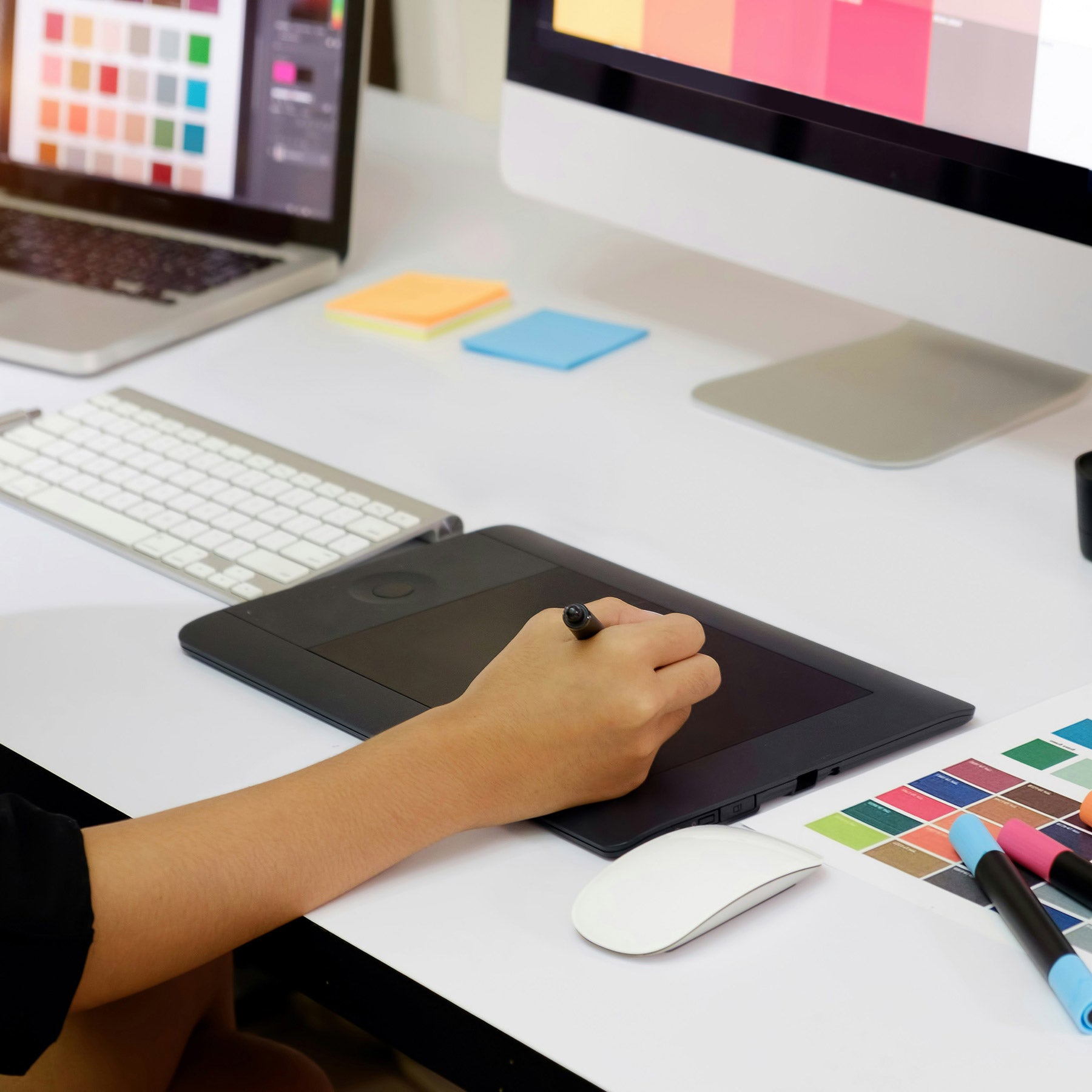Country

Upload your own image
From family moments to your favourite travel memories, turn any picture you love into a fabulous wall mural.

Collage Wallpaper
Tell a story - YOUR STORY - by bringing all your favourite photos into one large wallpaper mural.

Eazywallz Studio
This is our full-service design studio. We will create custom wall murals and wallpaper from scratch—just tell us your vision.